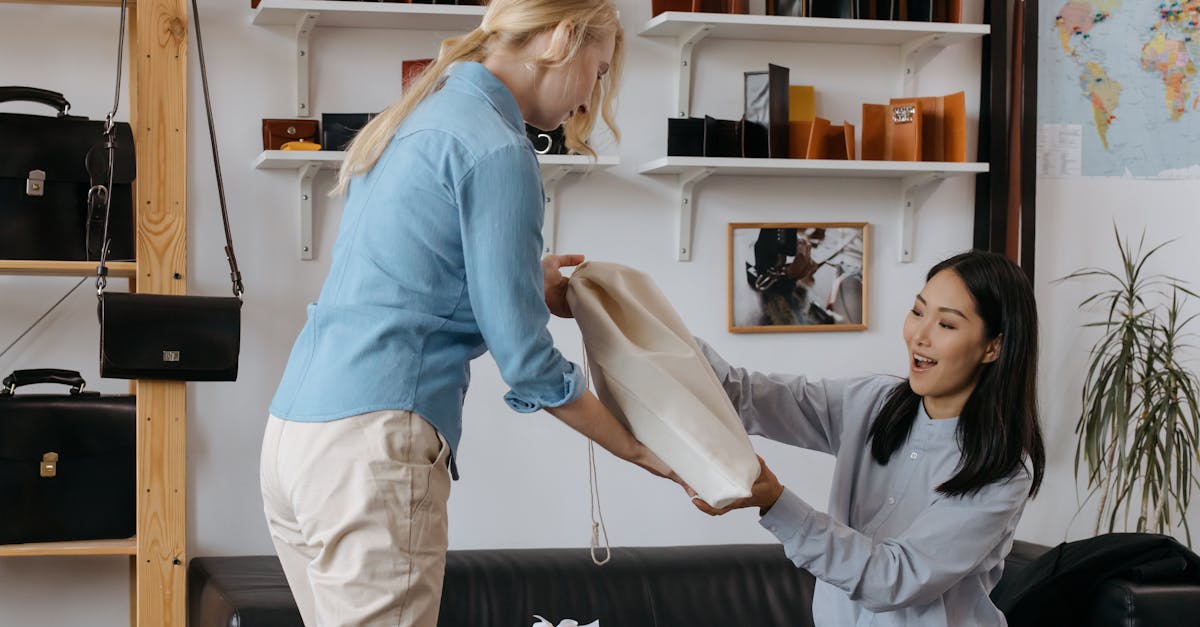
Introduction
In recent years, the world of luxury fashion has seen a paradigm shift, with affordable luxury handbags gaining significant traction in 2025. Once synonymous with sky-high prices and exclusivity, luxury accessories are becoming accessible to a wider audience. This transformation is driven by evolving consumer preferences, innovative e-commerce strategies, and a desire for unique personal styles. Brands are embracing quality, design, and affordability to cater to a diverse customer base. As lines blur between high-end and affordable offerings, consumers are thrilled by these accessible fashion treasures. This article delves into the rise of affordable luxury handbags, exploring how they're reshaping consumer experiences and fashion industry dynamics.
Understanding Affordable Luxury
The term 'affordable luxury' refers to goods that maintain high quality and opulent design but offer greater accessibility in terms of price. This market segment has expanded immensely, driven by increased global connectivity and consumer awareness through social media. Unlike traditional luxury items, these handbags allow buyers to indulge in elegance without exhausting their budgets. Companies such as Michael Kors, Coach, and Kate Spade have capitalized on this trend, offering a blend of craftsmanship, contemporary style, and affordability. The rise of collaborations and mini-collections has also attracted consumers seeking distinctive pieces at a fraction of exclusive brand costs, redefining luxury norms.
Influence of Social Media
Social media platforms are crucial in propelling affordable luxury handbags into the spotlight, reshaping modern consumer culture. Instagram, TikTok, and Pinterest enable brands to showcase their collections in a visually appealing manner, which captivates potential buyers worldwide. Influencers and fashion bloggers frequently feature these handbags in their posts, driving interest and accessibility. This digital influence inspires consumers to express unique personal styles, embracing the blend of luxury and affordability. As consumers listen to trusted voices advocating these brands, luxury niches become more approachable and aspirational without compromising on quality or reputation.
Brands Making a Mark
Several handbag brands have solidified their presence in the affordable luxury space, rewriting the rules of pricing and exclusivity. Longchamp, Fossil, and Tory Burch are among those delivering premium designs fused with accessible pricing. They focus on classic silhouettes, versatile color palettes, and practical features. For instance, Longchamp's Le Pliage collection epitomizes effortless style and functionality, embraced by an array of demographics. Meanwhile, up-and-coming designers like Strathberry and Staud introduce freshness with bold aesthetics and vibrant hues, appealing to a younger audience seeking creative expression. These brands continue to innovate, driving evolution in the handbag market with their enticing offerings.
Craftsmanship and Quality Assurance
Despite offering competitive prices, affordable luxury handbag brands refuse to compromise on quality and craftsmanship. Many of these brands prioritize sourcing premium materials and maintaining ethical production standards. By employing skilled artisans through streamlined supply chains, they ensure attention to detail and exceptional workmanship. For example, brands such as Rebecca Minkoff and Aspinal of London focus on meticulous design processes, incorporating timeless elements while achieving affordability. This commitment to quality enhances buyer confidence and customer loyalty, elevating these handbags from being mere accessories to coveted style essentials.
Sustainability in Affordable Luxury
Sustainability has emerged as a pivotal factor driving the growth of affordable luxury handbags. Growing environmental awareness has prompted consumers to seek brands with strong commitments to sustainable practices. Eco-friendly materials, such as responsibly sourced leather and recycled fabrics, have become trademarks of innovative designers. Brands like Matt & Nat and Stella McCartney emphasize ethical fashion, integrating green practices into their production models. Consumer demand for ethical choices not only fuels these brands' success but also propels the fashion industry towards a sustainable future. The harmonious balance between conscientious production and affordable luxury enhances handbag allure further.
Global Reach and Market Dynamics
The global market for affordable luxury handbags is thriving, transcending geographical and cultural barriers. International cities with vibrant fashion scenes like New York, Paris, and Tokyo showcase these brands, while online platforms bridge distances, making them accessible worldwide. Digital wallets and improved e-commerce infrastructures facilitate seamless transactions, encouraging consumers to explore global designs. Brands adapt to regional preferences, such as varying color trends and seasonal styles, tailoring offerings to diverse markets. The universality of affordable luxury resonates with fashion-conscious individuals while brands continue to adapt to dynamic economic landscapes.
Impact on Traditional Luxury Brands
Affordable luxury handbags have ushered significant change in the traditional luxury market. Established high-end brands face intensified competition from these emerging contenders, prompting adaptation. While previously relying on exclusivity and prestige, many traditional luxury houses are launching secondary lines or partnering with affordable designers to reach broader audiences. This democratization of luxury compels renowned brands to reassess pricing strategies and experiential marketing to maintain relevance. Consequently, the burgeoning affordable luxury sector drives innovation, compelling established players to balance heritage value with the evolving desires of fashion-savvy consumers.
Tailoring for the Future
The future of affordable luxury handbags is undeniably bright, powered by ongoing consumer demand for style and practicality. As fashion preferences evolve, these brands must continue to innovate, experimenting with new materials, cutting-edge technologies, and diverse design concepts. Augmented reality features, customized experiences, and interactive apps are becoming attractive propositions for engaging consumers. Furthermore, leveraging digital interfaces enhances brand connectivity, building lasting relationships with clients. As the world embraces conscious consumption and inclusivity, affordable luxury handbags stand poised to thrive, setting fresh benchmarks in an ever-evolving fashion industry.
Conclusion
Affordable luxury handbags have sparked a fashion revolution, combining opulence, accessibility, and sustainability. As global consumer preferences shift, these brands offer unparalleled value and style, attracting a broad spectrum of buyers. Social media boosts their visibility, while innovative designs captivate audiences. This democratization not only reshapes consumer shopping habits but also prompts established brands to evolve. As the fashion market continues to transform, affordable luxury handbags are likely to play a pivotal role, enriching the lives of style enthusiasts worldwide. With an enduring focus on quality, innovation, and ethical choices, these handbags are here to stay, redefining luxury without compromise.